Scientists have recently published research suggesting that we have a very real shot—about 90%—of observing an exploding black hole in the next 10 years. While the idea of a black hole “exploding” may sound like science fiction, this refers to a hypothesized event involving what are known as primordial black holes (PBHs) and a phenomenon predicted by Stephen Hawking called Hawking radiation. If confirmed, such a discovery would be monumental—possibly rewriting parts of particle physics, cosmology, and our understanding of the universe’s earliest moments.
What Are Primordial Black Holes and How Can They “Explode”?
- Primordial Black Holes (PBHs) are hypothetical black holes that might have formed fractions of a second after the Big Bang, due to extreme fluctuations in density and matter distribution. Unlike black holes that form from collapsing stars, these PBHs could be much smaller and lighter—or at least, formed under very different early-universe conditions.
- According to Hawking’s theory, black holes aren’t entirely “black”; they emit Hawking radiation, which causes them to lose mass over incredibly long time scales. As a black hole loses mass, it gets hotter (in a radiation sense), and its evaporation accelerates. For very small black holes, this process could end in what looks like an “explosion” of radiation and particles.
What’s New in the Study
- The researchers revisited previous models, which estimated that observations of such black hole explosions would be vanishingly rare—on the order of once every 100,000 years.
- They introduced a modification to the standard assumptions: that some PBHs may carry a tiny electric charge (not in ordinary electrons, but in so-called “dark electrons” in a “dark QED” model). This small charge could temporarily stabilize the black hole, allowing it to live longer than previously thought without an explosive finale—but eventually it would destabilize.
- With this tweak, the authors calculate that the rate of explosive endings for PBHs becomes much higher—potentially frequent enough that we could see one in the near term (next decade). Telescopes both Earth-based and in space may already have the sensitivity required to detect the final burst of radiation.
Why It Matters
- Direct Evidence of Hawking Radiation: Even though Hawking’s predictions have been accepted in theory for decades, no black hole has yet been observed emitting Hawking radiation. Seeing an exploding PBH would be the first direct confirmation.
- Particle Physics Implications: The explosion would throw off particles not just from known physics (electrons, quarks, photons, Higgs, etc.), but could also reveal exotic or “dark sector” particles that aren’t part of the standard model. That might help unravel the mysteries around dark matter or other unanswered questions.
- Cosmology and the Early Universe: PBHs are closely tied to conditions in the early universe. Detecting one and studying its properties could provide insights into how matter was distributed immediately after the Big Bang, how early structures formed, and possibly how certain cosmic phenomena originated.
What Needs to Happen Next
- Observatories must be on the lookout for gamma-ray bursts, or other high-energy signals, that match what might be expected from an exploding PBH. This includes both scheduled observations and unplanned “triggered” responses in case something is detected.
- Data from existing telescopes (gamma-ray, X-ray, high-energy particle detectors) should be re-examined with these models in mind—to see whether past unexplained flashes might already hide a PBH burst.
- Theoretical work continues: better modeling of how the dark charge impacts lifetime; refining how such an explosion’s signature would look; understanding backgrounds and noise so we don’t mistake something else (e.g. a different kind of cosmic event) for a PBH explosion.
Caveats and Open Questions
- The whole scenario depends on both the existence of primordial black holes and certain properties (like dark charge) that are theoretical. Neither is confirmed yet.
- Even if a PBH explosion is possible within the next decade, it might be very faint, rare, or happen far enough away that detecting it unambiguously could be difficult.
- There’s always the risk of misinterpreting signals—gamma-ray bursts are produced by various cosmic phenomena. Distinguishing a PBH explosion from other high-energy astrophysical events is nontrivial.
Bottom Line
While we’ve never observed a black hole actually explode, new research suggests that our chances are much higher than previously believed—possibly as high as 90% over the next ten years—if primordial black holes exist and certain theoretical conditions hold. If astronomers manage to spot one, it could be one of the most transformative scientific discoveries in decades: confirming Hawking radiation, giving clues about the dark sector, and opening a window into the universe’s first seconds.

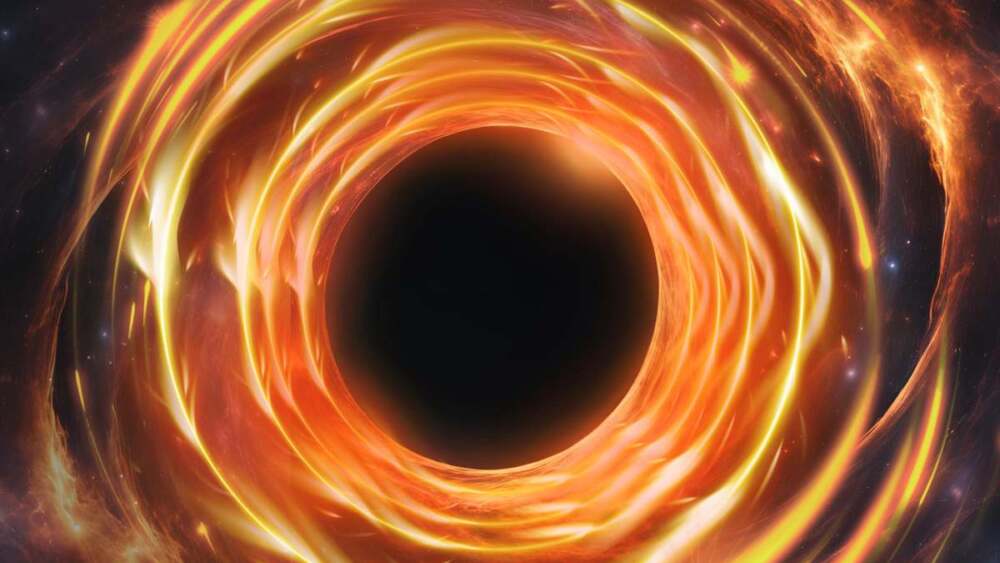

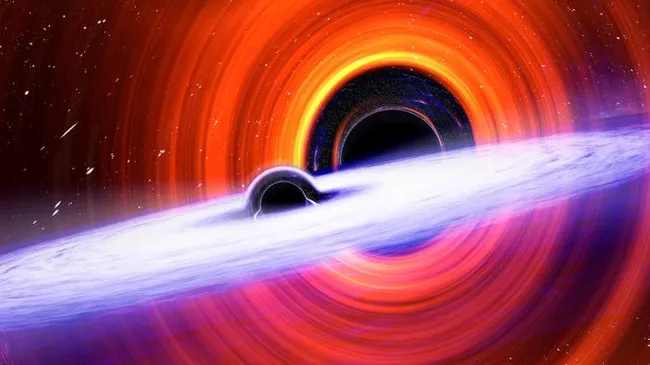
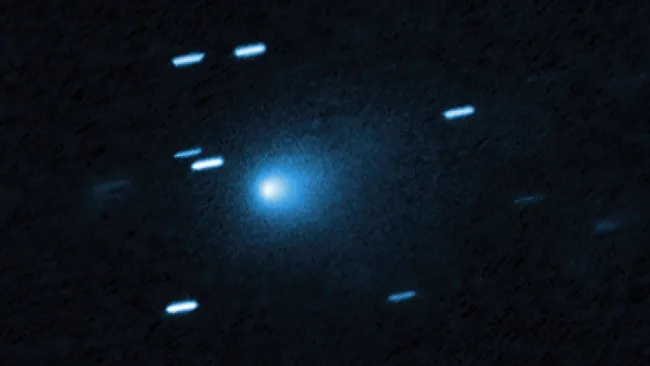

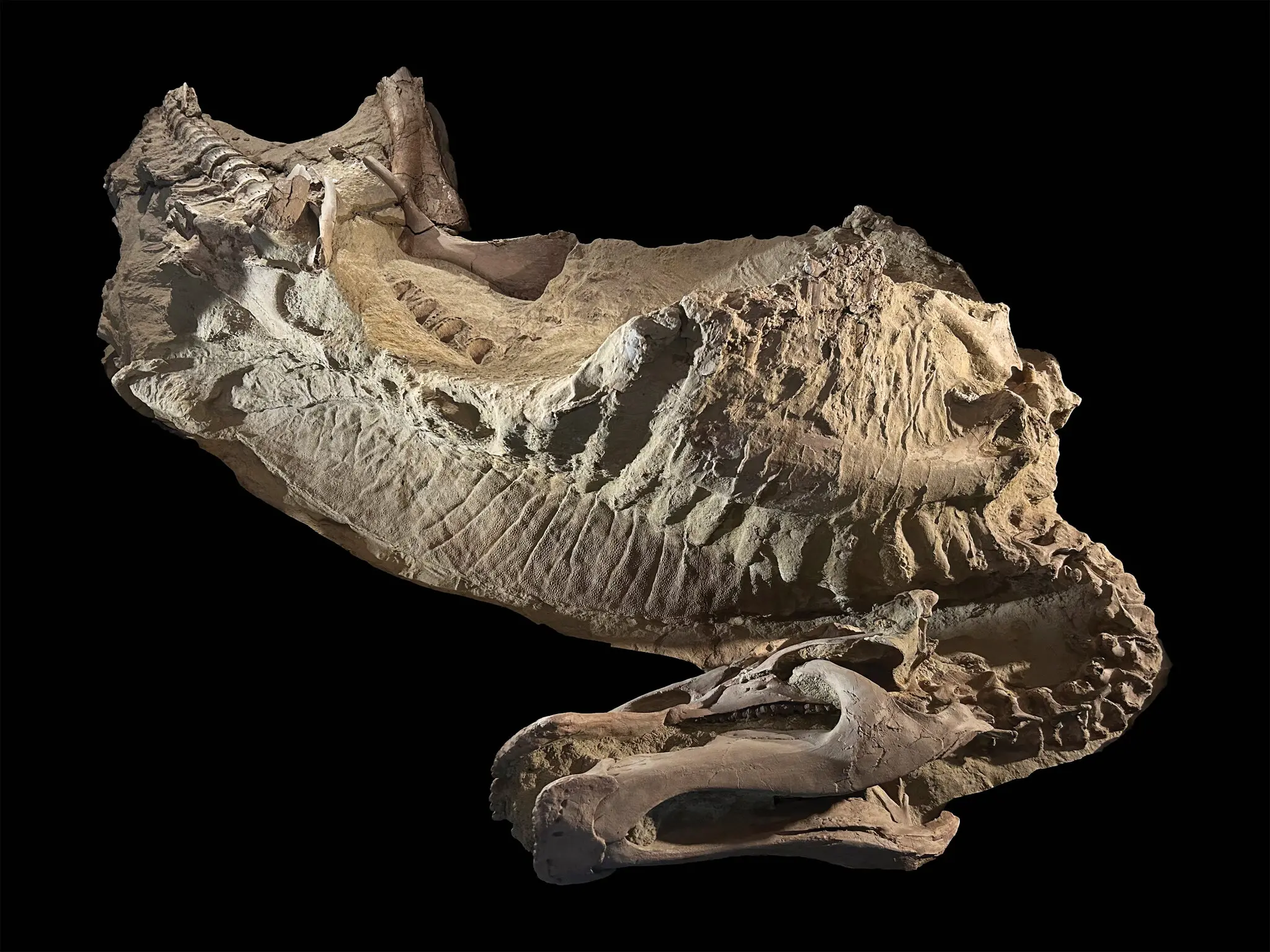

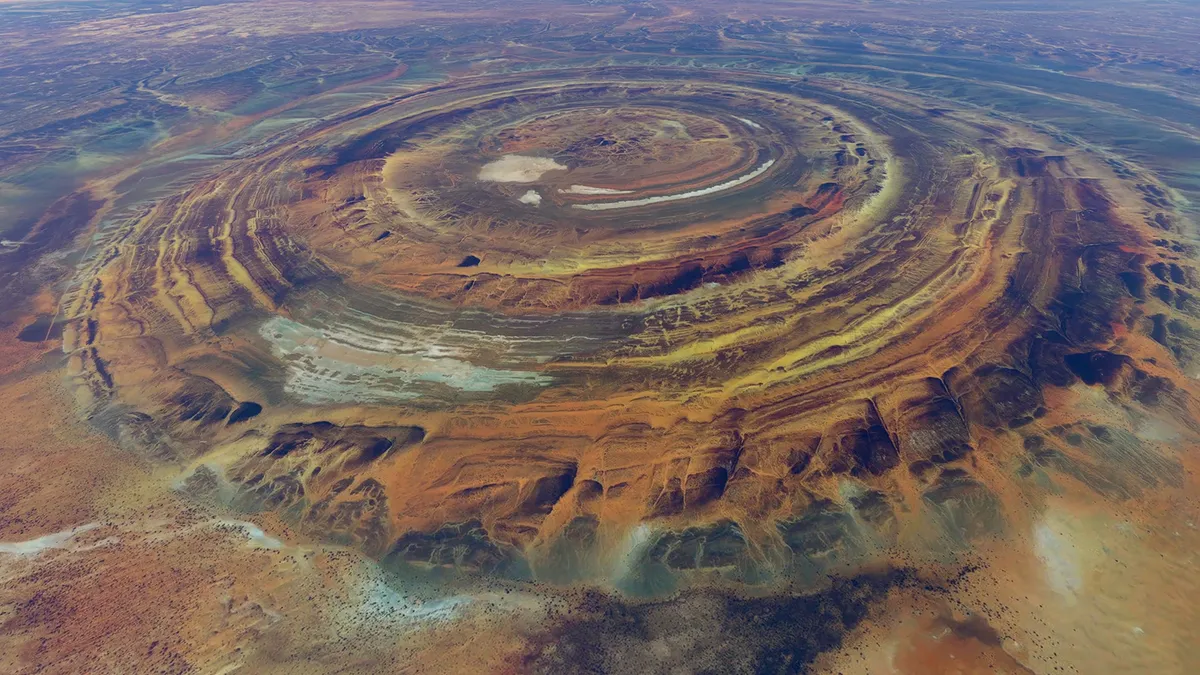
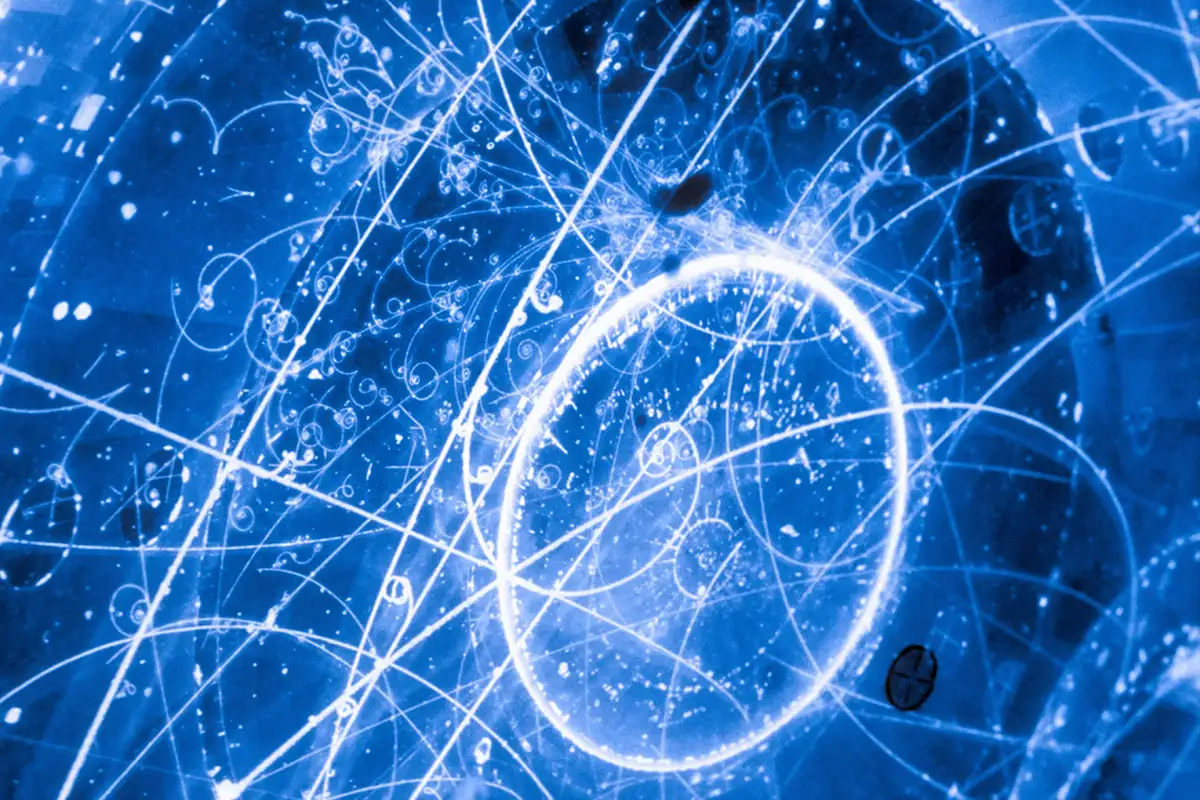
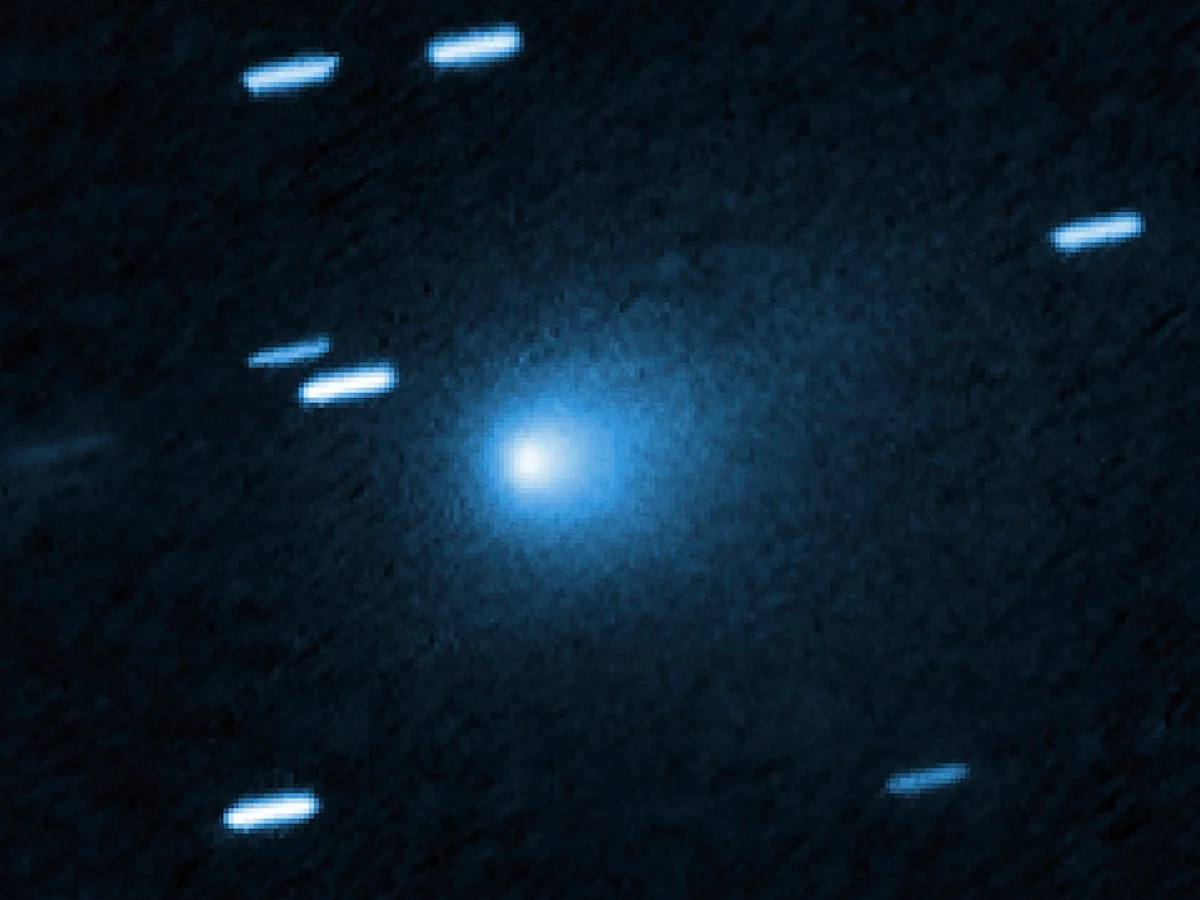
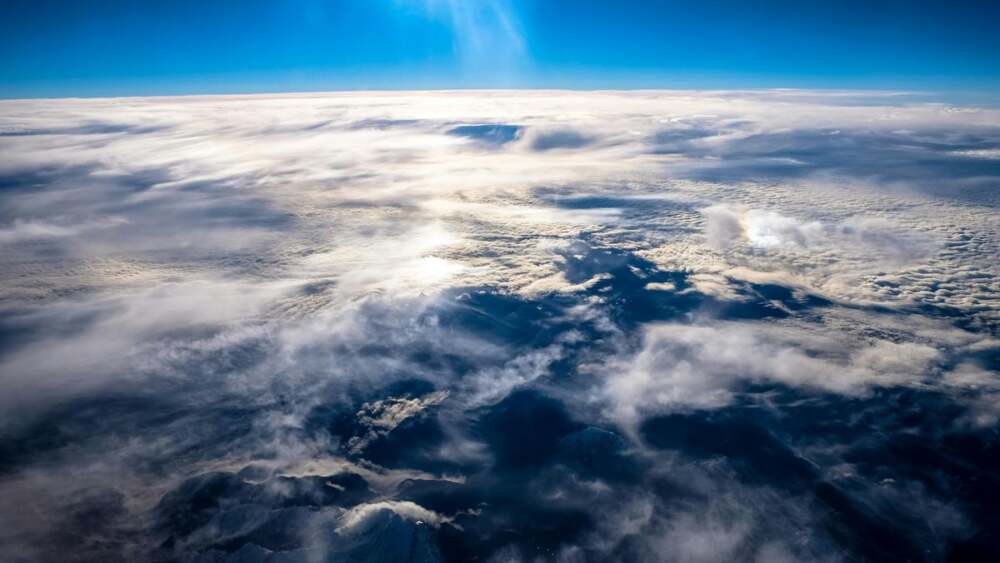



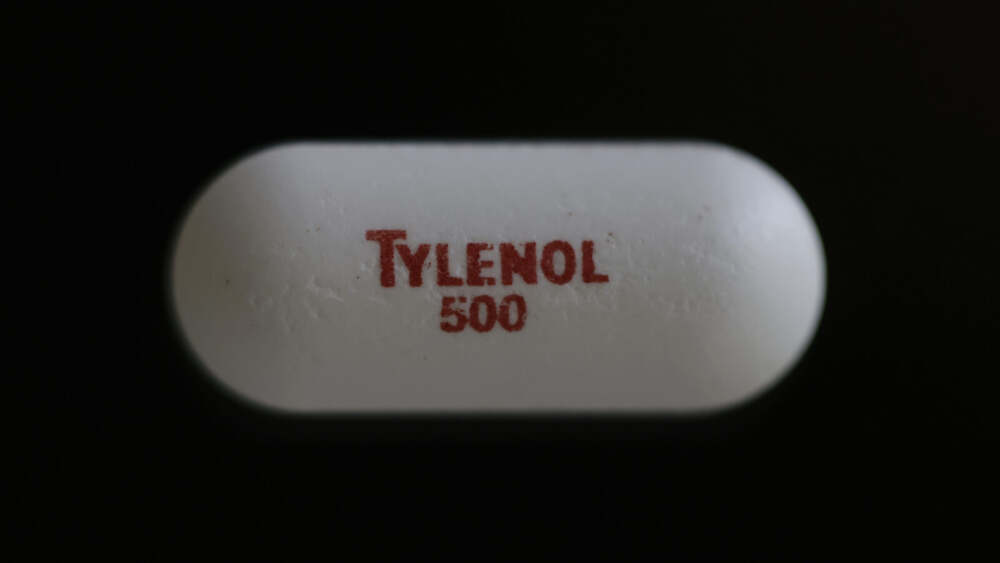
Leave a Reply